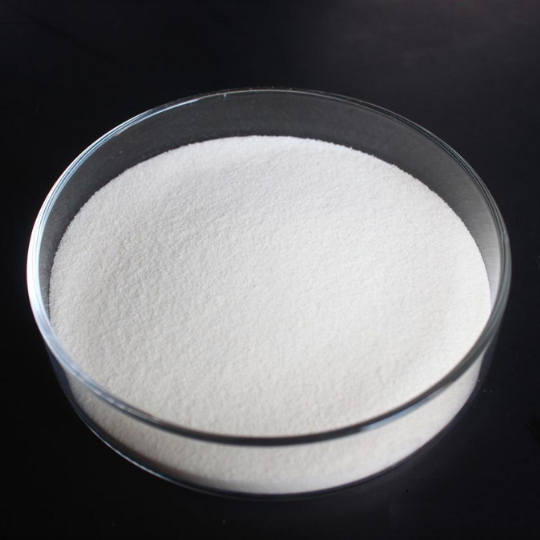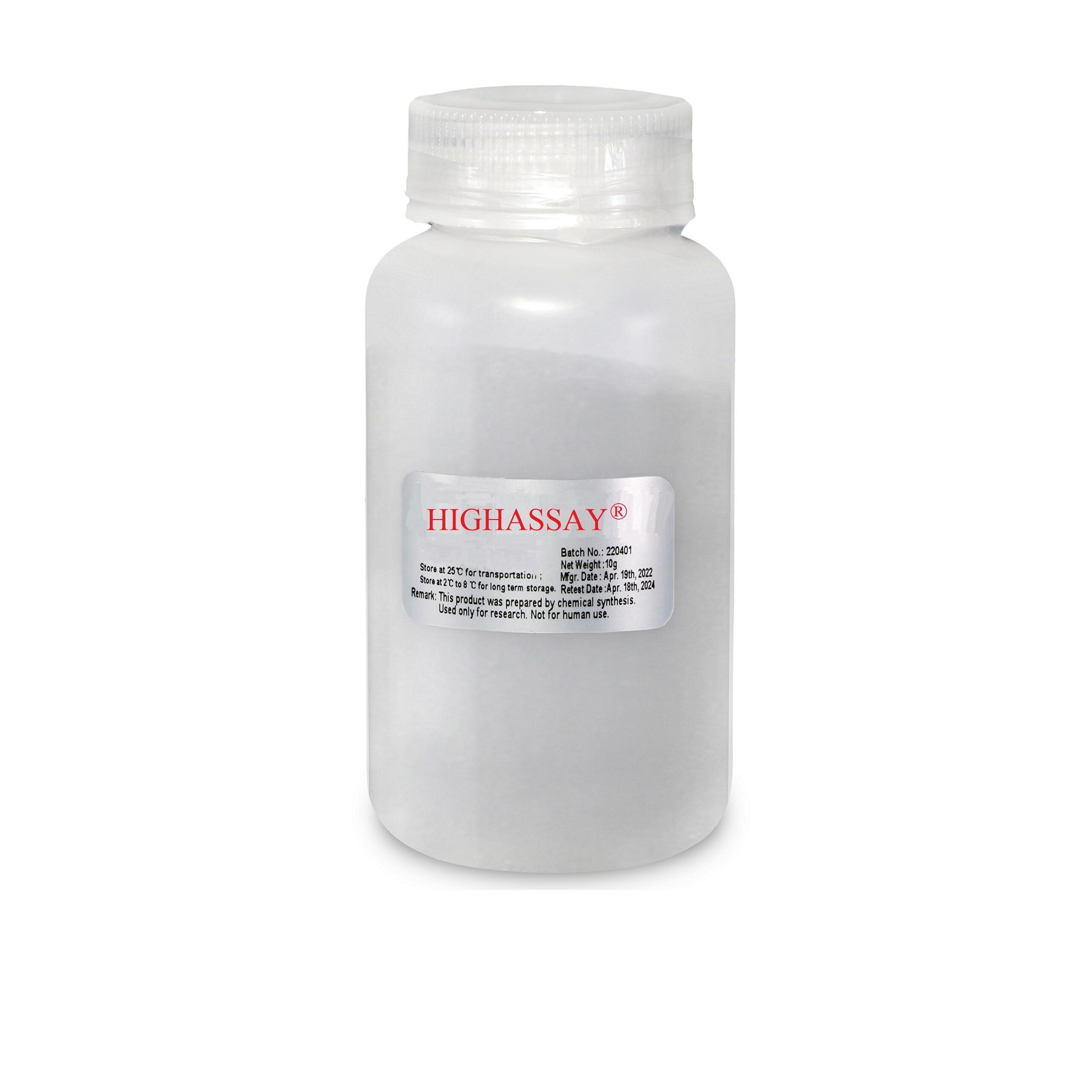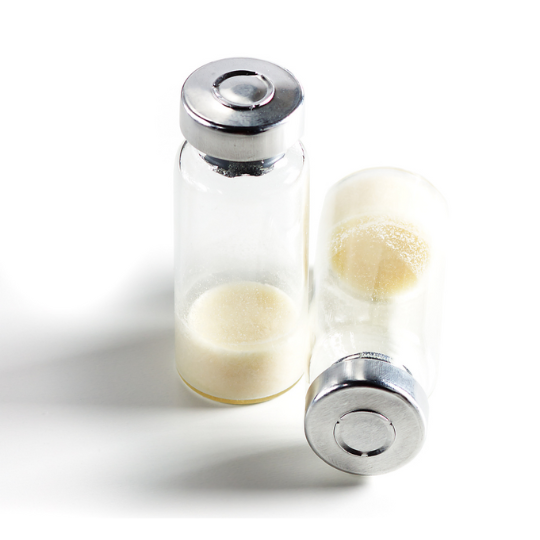Basic Information of Ganirelix Acetate
- CAS No.: 123246-29-7/129311-55-3
- Molecular formula: C80H113ClN18O13
- Molecular weight: 1690.42
- Appearance: white or off-white powder
- Storage conditions -20°C, protect from light, dry, sealed
- Amino acid composition: Ac-D-2Nal-D-4Cpa-D-3Pal-Ser-Tyr-D-Homo Arg (9,10-Et2)-Leu-L-Homo Arg (9,10-Et2)-Pro- D-Ala-NH2.
- Grade: GMP injection grade.
- Purity (HPLC): ≥98.0%
The Main Supplier of Ganirelix Acetate Raw Materials
Highassay is the main supplier of Ganirelix acetate raw materials in China, with large production capacity and stable quality. At present, the application of licensing documents has been completed, and relevant registrations with the EU and US FDA are supported. Welcome to buy!
Action and Principle of Ganirelix Acetate
Ganirelix acetate is a synthetic decapeptide, a GnRH antagonist, which competitively blocks the GnRH receptors on pituitary gonadotropins and the subsequent transduction pathways, which can produce a rapid, reversible inhibition of gonadotropin secretion.
The effects of Ganirelix acetate are as follows:
 Prevent Premature Ovulation
Prevent Premature OvulationInjecting Ganirelix acetate before egg retrieval can avoid premature ovulation and poor ovulation induction, and it is also beneficial to obtain more high-quality egg
 Reduce The Burden Of Treatment
Reduce The Burden Of TreatmentUsing Ganirelix acetate after egg retrieval can reduce the treatment burden of women receiving assisted reproductive technology
 Avoid Ovarian Hyperstimulation Syndrome
Avoid Ovarian Hyperstimulation SyndromeMisovulation drugs can stimulate women’s ovaries, and the appropriate use of Ganirelix acetate can reduce the occurrence of ovarian hyperstimulation syndrome.
Application of Ganirelix Acetate
Gonadotropin-releasing hormone antagonists prevent premature ovulation and can also reduce or prevent the occurrence of ovarian hyperstimulation syndrome. It is suitable for the field of assisted reproductive technology and is often used in IVF surgery.
It is used by patients who control ovarian stimulation in assisted reproduction to prevent premature luteinizing hormone peaks.

Some patients experience headaches, gastrointestinal disorders, and nausea. Local redness and swelling at the injection site, and very few patients may experience rashes, facial swelling, and breathing difficulties. In case you experience certain side effects during the use of Ganirelix acetate, you should promptly report them to your doctor so that reasonable countermeasures can be taken.
Specifications of Ganirelix Acetate
| Item | Specification |
| Purity (HPLC): | ≥98.0% |
| Acetate content: | 5.0%~11.0% |
| Water content: | ≤5.0% |
| Peptide content: | ≥80.0% |
| Endotoxin: | ≤10EU/mg |
| Amino acid composition analysis: | ≤±10% |
Steps For Using Ganirelix Acetate Injection
The injection is in the form of lyophilized powder. When used, it is reconstituted with sterile water and used for subcutaneous injection.
- Prepare items (Ganirelix acetate solution, disposable syringe, cotton swab, iodine, alcohol);
- Inhale the Ganirelix acetate solution into the syringe, and expel the air in the syringe to avoid bubbles;
- Select the injection site: abdomen, buttocks, subcutaneous on the outer side of the upper arm (note: avoid injection into the blood vessels);
- The injection site can be disinfected with 2% iodine or 70% alcohol;
- Pinch the skin at the injection site, insert the needle obliquely into the subcutaneous area, draw back no blood, and then push the solution;
- Pull out the needle and apply pressure locally with a cotton ball or cotton swab for a while.




